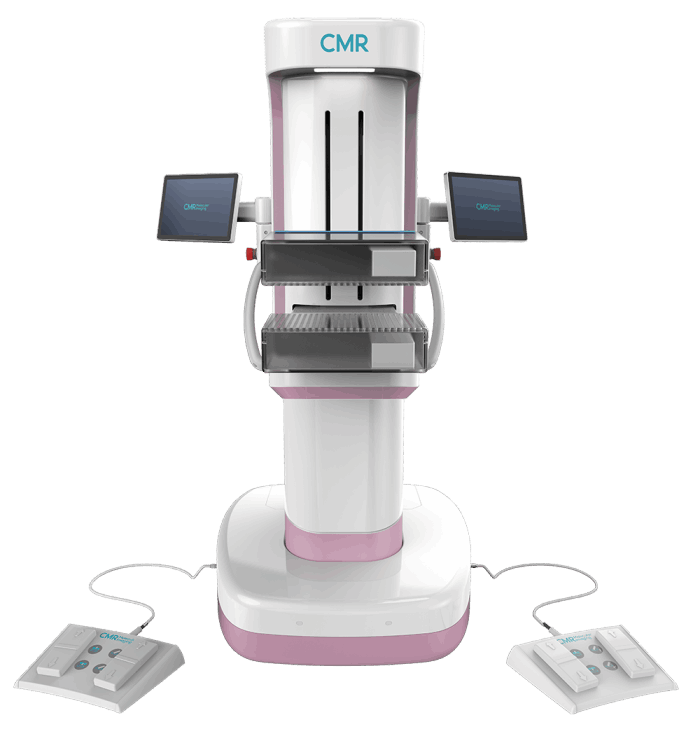CMR Molecular Breast Imaging
A continuum of information for women's breast health to help clinicians...
Molecular Breast Imaging (MBI) is a type of functional imaging i.e., the pictures it creates show differences in the activity of breast tissue. Breast tissue that contains cells that are rapidly growing and dividing, such as cancer cells, appears brighter than less active tissue.
Dr. Deborah Rhodes, M.D., a member of the Mayo Clinic Cancer Center, stated, "MBI substantially increases detection rates of invasive cancers in dense breasts without an unacceptable high increases in false positive findings has important implications for breast cancer screening decisions. MBI has a more favorable balance of additional invasive cancers detected versus additional biopsies incurred relative to other supplemental screening options."
The pictures generated during MBI is the result of an injection of a small amount of radioactive tracer. The tracer attaches to the cancer cells which are detected by the gamma camera of the MBI system.






